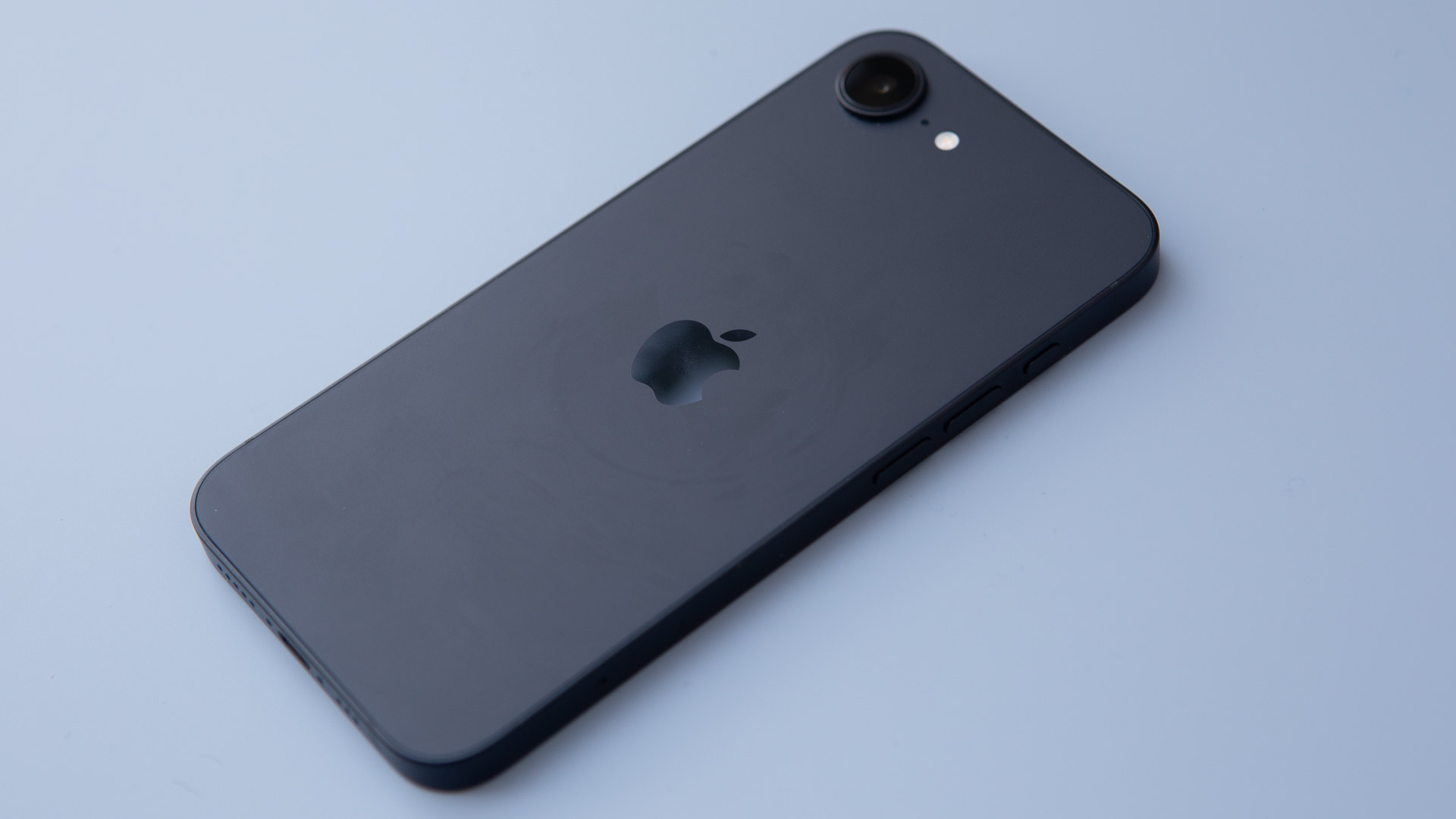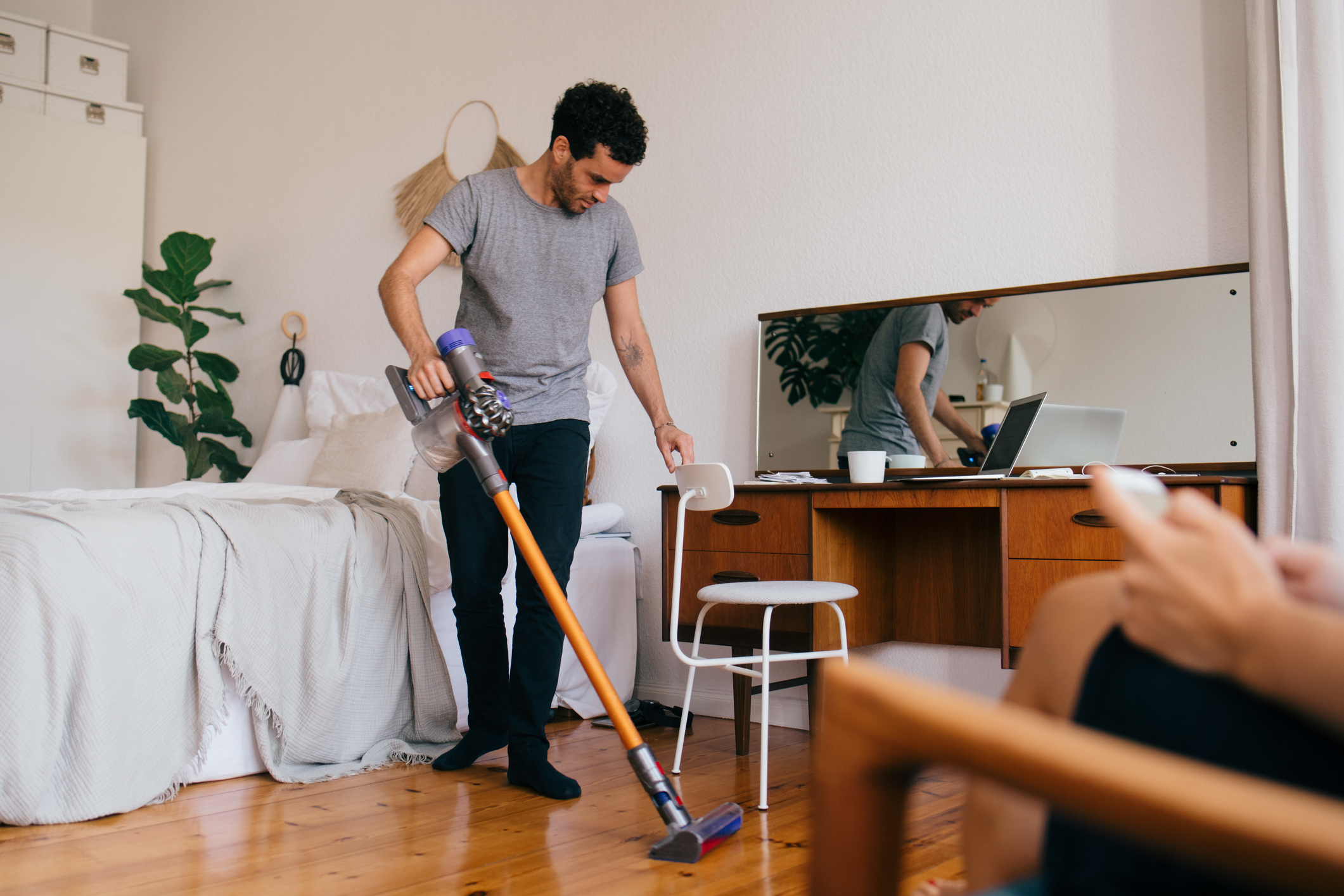
After the year that was 2020, most of us are aware of the importance of basic hygiene like washing our hands or using sanitiser to prevent the spread of viruses like COVID-19 from the outside world. But how many of us make the connection between the cleanliness of our own homes and the spread of harmful germs?
According to a recent global study, a whopping 60% of Australians have no idea of the potential link between household dust and viruses. And our cleaning habits are doing us no favours when it comes to preventing the spread.
Conducted by Dyson, research found half of Aussies are only cleaning their homes occasionally or when they become visibly dirty, and about a third of us think don't dust is harmful.
But we could be unwittingly exposing our families to viruses and other harmful microbial life built up over time around the home. Less than a third of Australians know dust mainly consists of dust mites and their faeces, which are considered the most common inducers of allergenic diseases worldwide.
- Dyson V15 Detect deploys lasers and 'listens to dirt' to reveal how gross your house is
- Best vacuum cleaner 2021: bagless and bagged, corded and cord-free ranked
- The best Dyson cordless vacuum cleaner 2021
Household dust is a complex matrix of components which can include dead skin cells, hair, dust mites, dust mite faeces, bacteria, viruses, mould, small insects and other fibres and particles. Many of these particles are only visible under a microscope and can impact our wellbeing.
Dyson’s Research Scientist in Microbiology, Dennis Mathews, said: “It’s those invisible components that can impact our wellbeing. If people were more aware of what was in their dust and how it thrives, perhaps they would be empowered to know where to focus their time and attention when cleaning their homes to support their wellbeing.
“There's debate among experts as to the role dust plays in the transmission of disease and while initial studies indicate a link between dust and viruses, more research is needed to really understand it. But what this global research does show is that more education is needed around what makes up the dust in our homes. Cleaning shouldn’t stop at the dust we can visibly see.”
Sign up to the T3 newsletter for smarter living straight to your inbox
Get all the latest news, reviews, deals and buying guides on gorgeous tech, home and active products from the T3 experts
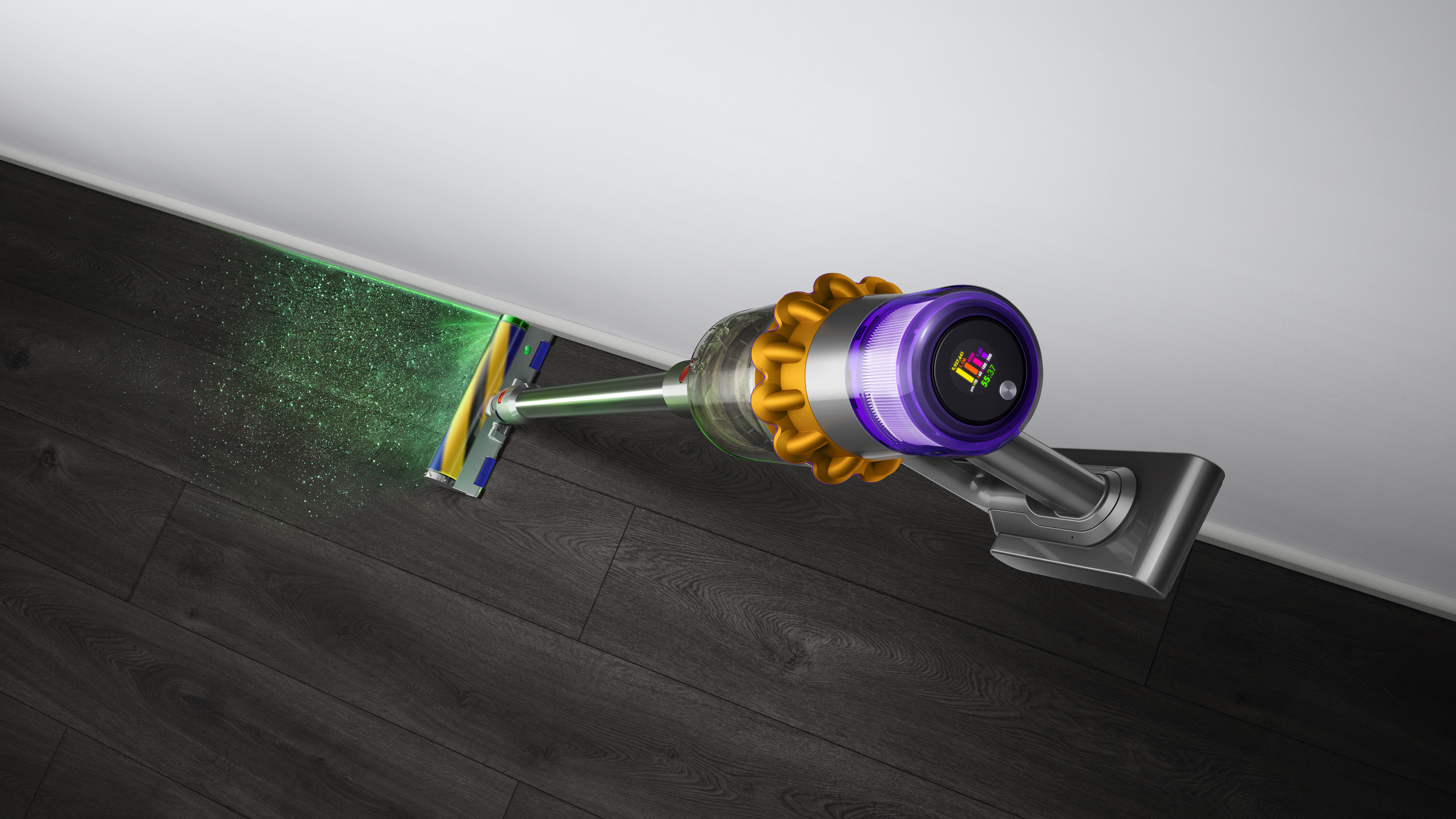
The V15 Detect comes with laser technology to reveal the dust you can't see
Professor of Global Environmental Health at the Australian National University, Sotiris Vardoulakis, said: “Household dust can exacerbate asthma symptoms or respiratory allergies when breathed in. However, prolonged exposure to airborne dust particles can lead to chronic breathing and lung problems, and potentially increased risk of heart disease. With one in nine Australians suffering asthma or respiratory conditions, it’s important to reduce exposure to dust through regularly cleaning and vacuuming.”
Dyson's latest model aims to tackle the problem of invisible dust. The Dyson V15 Detect comes with revolutionary Laser Dust Detection technology with a precisely angled laser integrated into the cleaner head. It means hidden dust on the floor surface that is otherwise invisible to the naked eye can be seen and removed.
The V15 was just confirmed for the Australian market, available for purchase from May 27, with a starting price of AU$1,399. You'll be able to order a V15 from Dyson Australia in a few weeks, but if you can't wait until then, check out the best deals on its predecessor, the V11 – previously dubbed the best cordless vac you can buy.
-
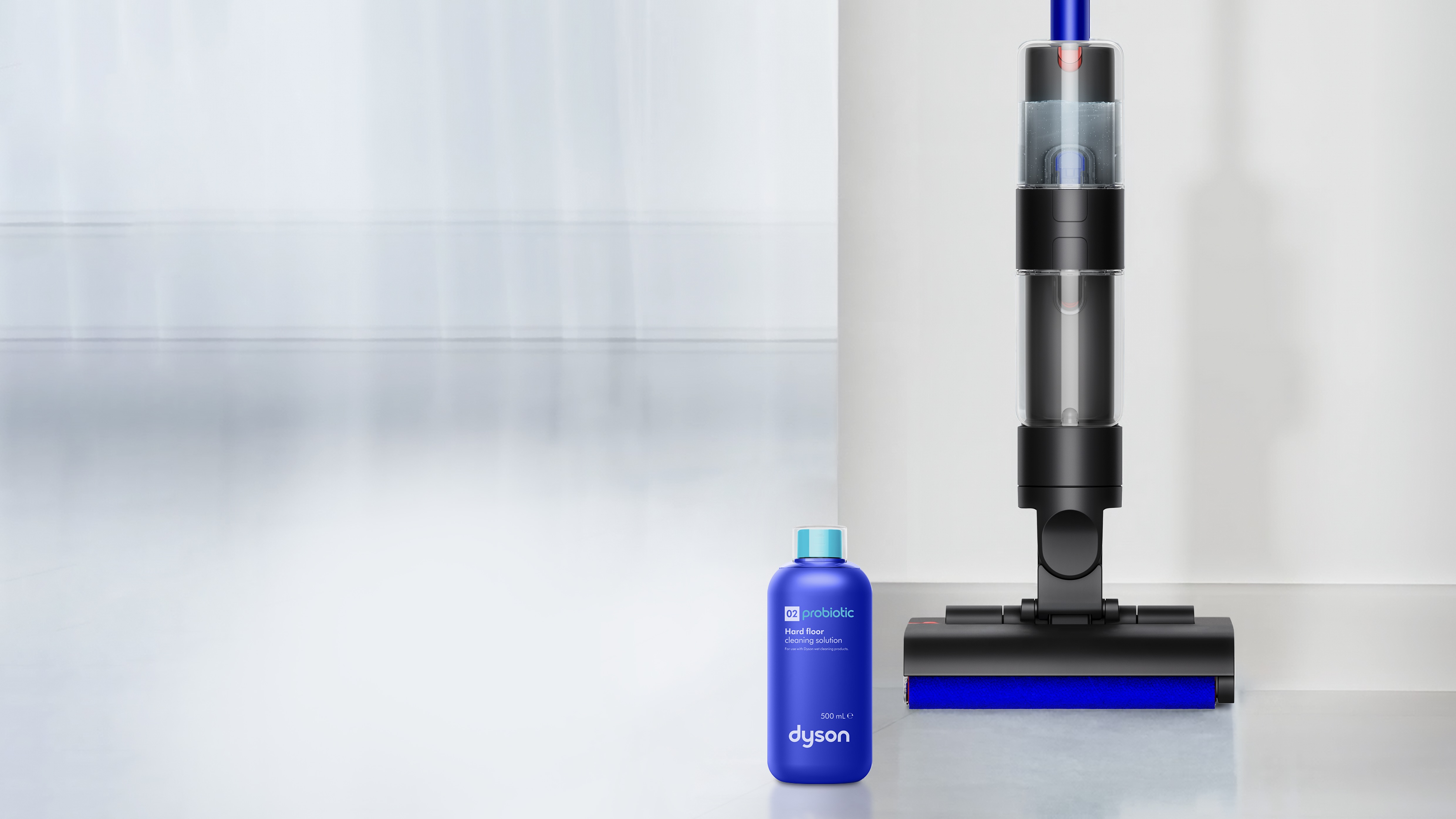 Dyson launches first-ever hard floor cleaning solution for a more hygienic and longer-lasting clean
Dyson launches first-ever hard floor cleaning solution for a more hygienic and longer-lasting cleanIt's made using over 250 billion live probiotic microorganisms
By Lizzie Wilmot
-
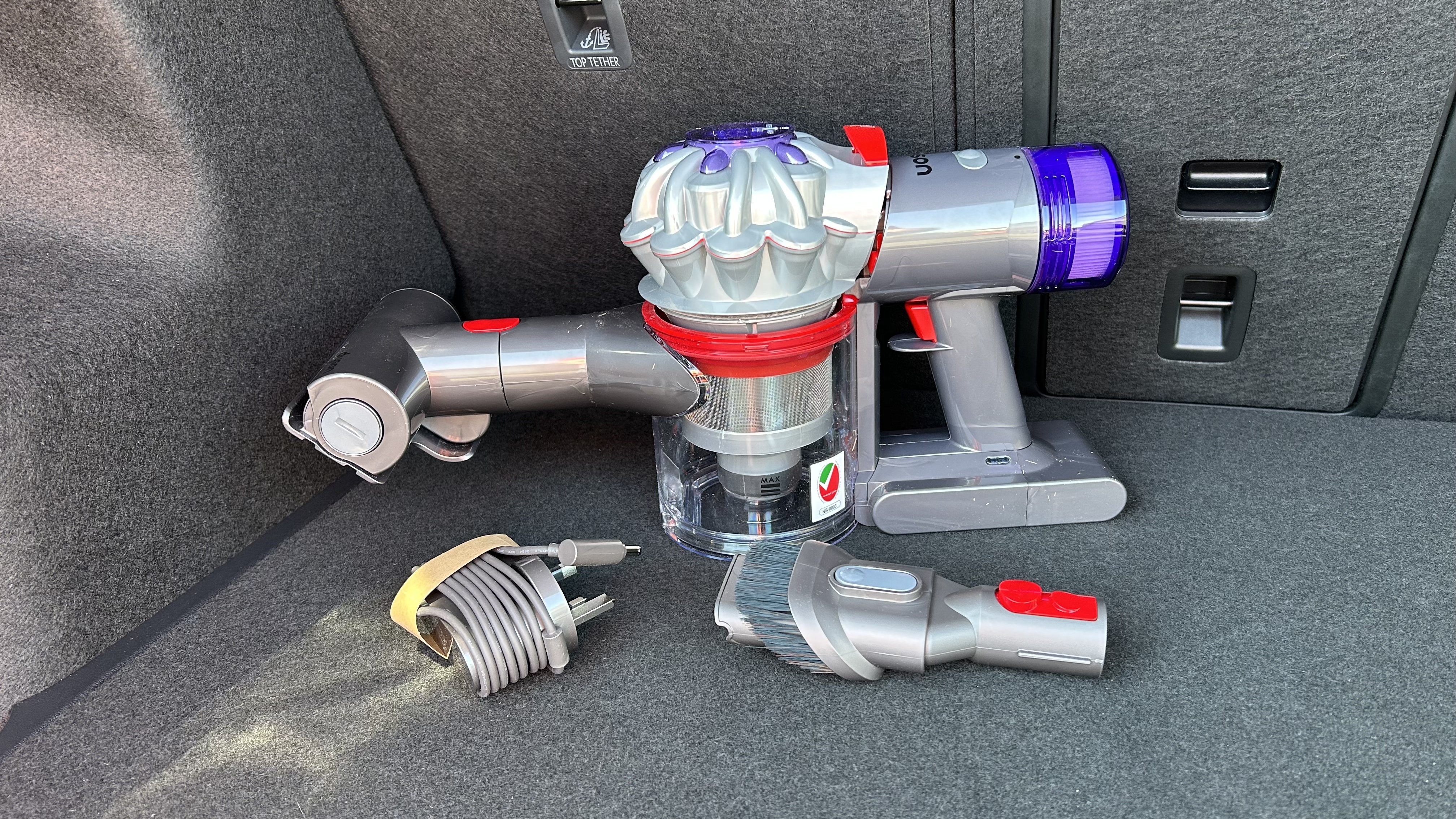 Dyson Car+Boat Handheld Vacuum Cleaner review: portable perfection
Dyson Car+Boat Handheld Vacuum Cleaner review: portable perfectionDyson’s latest high-powered handheld offering is great for pet beds as well as being ideal for cleaning vehicle interiors or boats on the water
By Rob Clymo
-
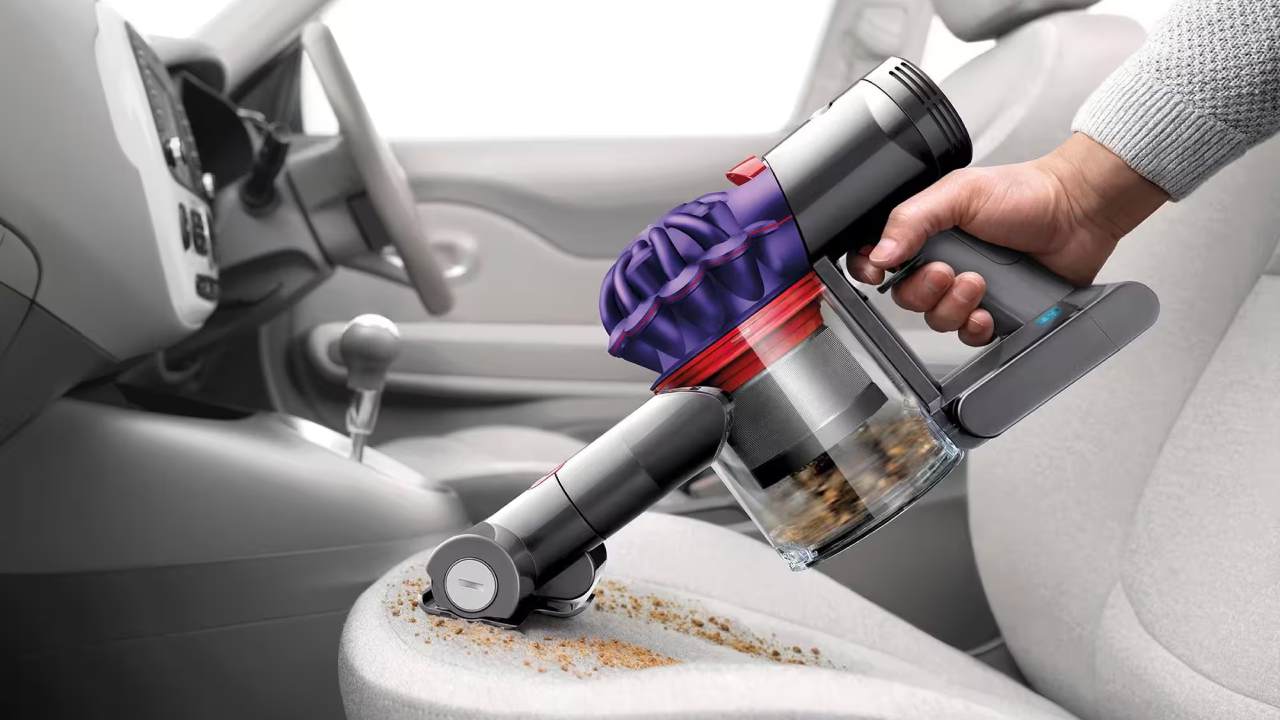 Dyson announces its latest handheld vacuum cleaner – and it’s not for your house
Dyson announces its latest handheld vacuum cleaner – and it’s not for your houseDyson finally caters to boats with the new Dyson Car+Boat
By Bethan Girdler-Maslen
-
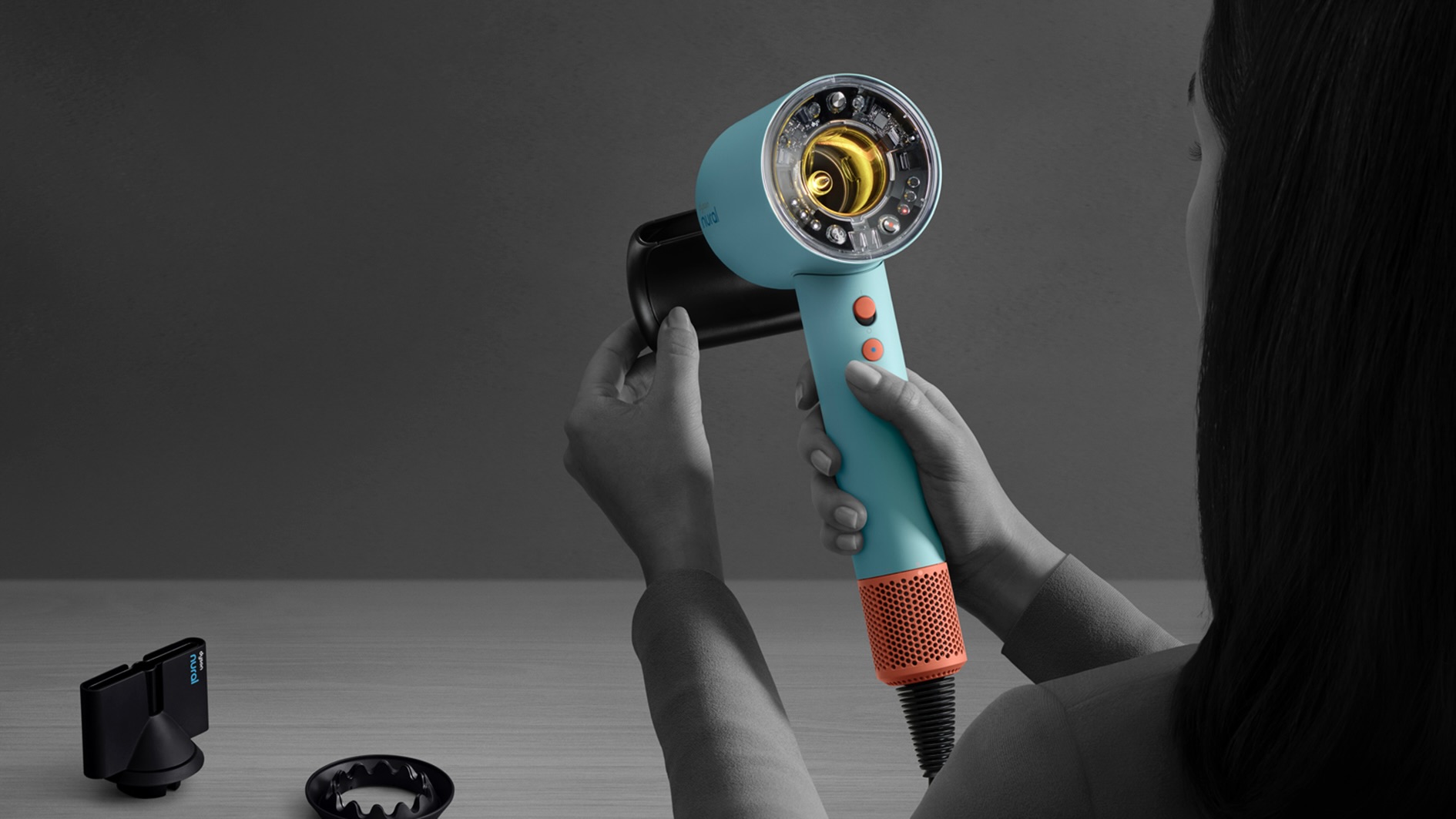 Dyson Beauty expert unveils surprising haircare trend for 2025
Dyson Beauty expert unveils surprising haircare trend for 2025Did you expect this?
By Lizzie Wilmot
-
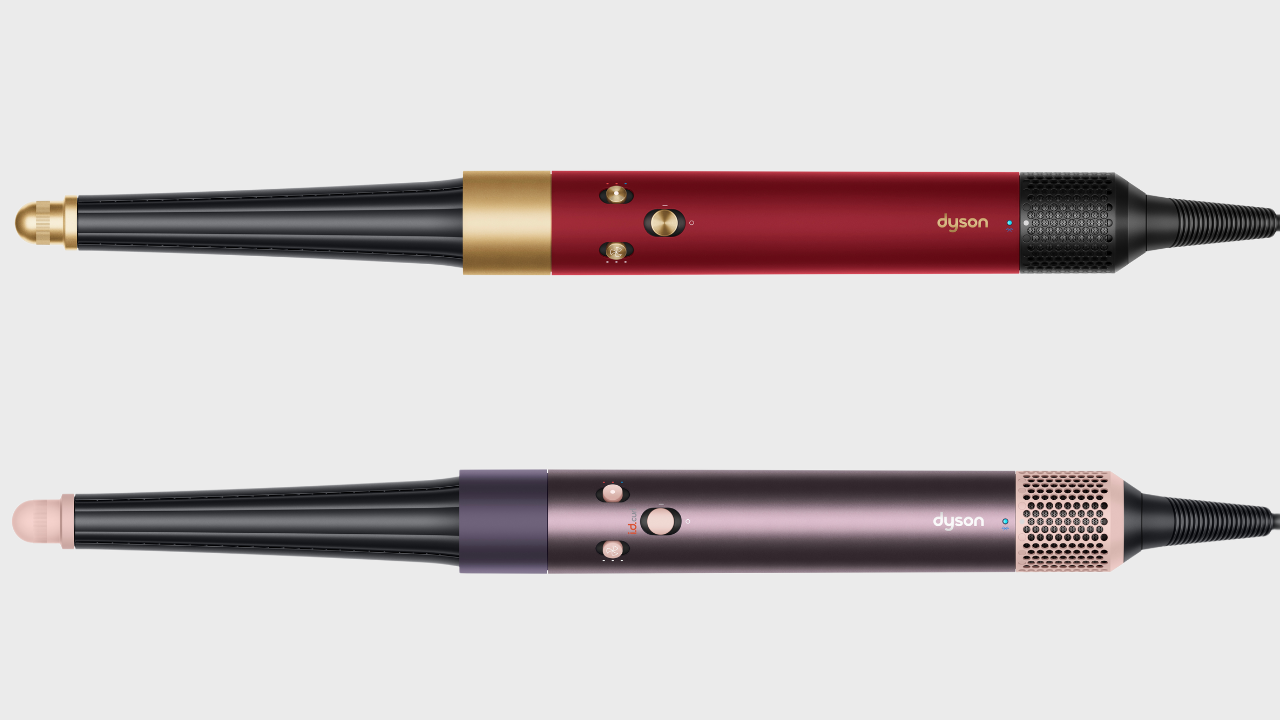 Two new Dyson Airwrap colourways have landed – I can't decide which one I like best
Two new Dyson Airwrap colourways have landed – I can't decide which one I like bestJasper Plum and Red Velvet are here...
By Lizzie Wilmot
-
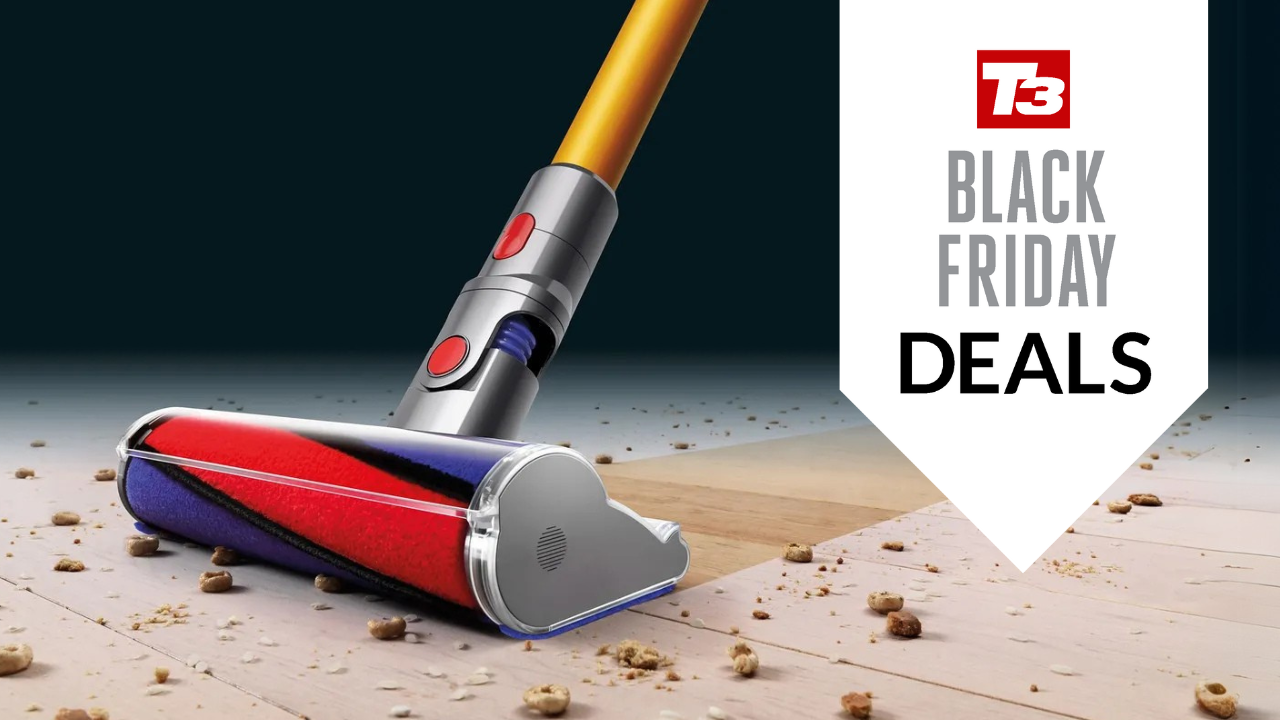 Don't panic, but this best-selling Dyson is almost half price for Black Friday
Don't panic, but this best-selling Dyson is almost half price for Black FridayThere's a huge $220 saving...
By Lizzie Wilmot
-
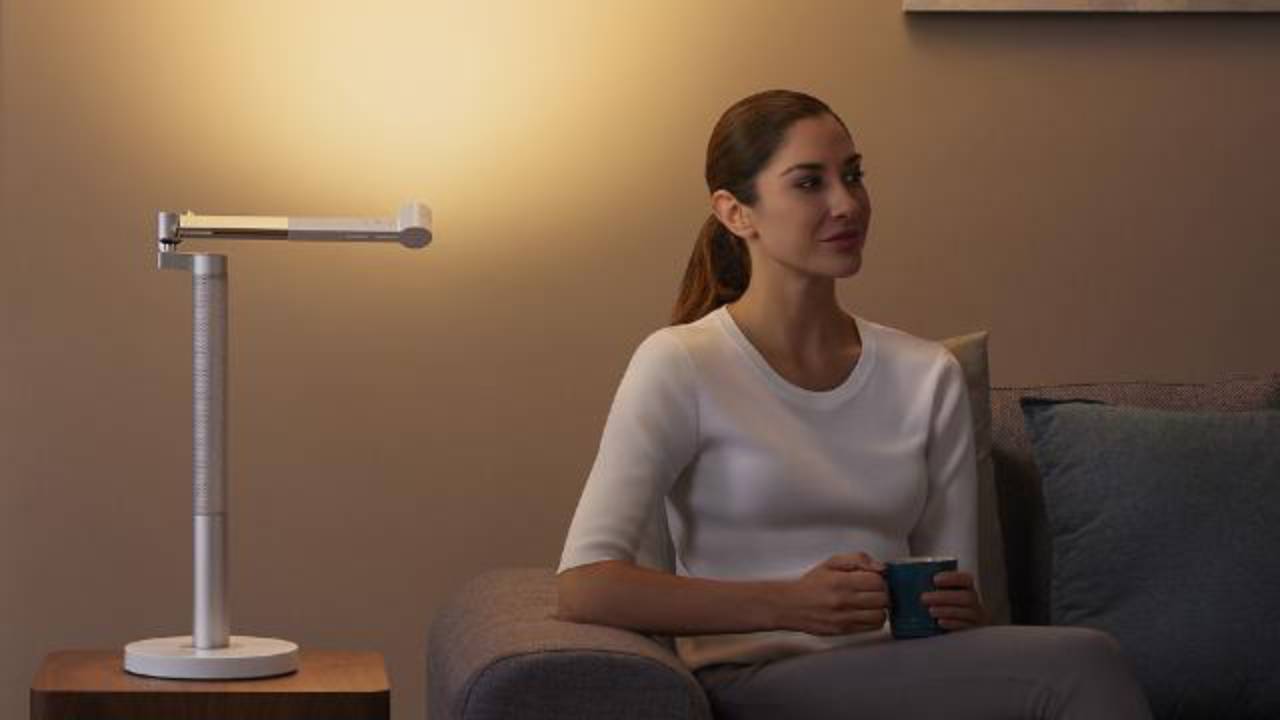 This Dyson desk light tracks local daylight and reacts to your surroundings – but it’ll cost you
This Dyson desk light tracks local daylight and reacts to your surroundings – but it’ll cost youThe Dyson Solarcycle Morph adds extra daylight to your routine
By Bethan Girdler-Maslen
-
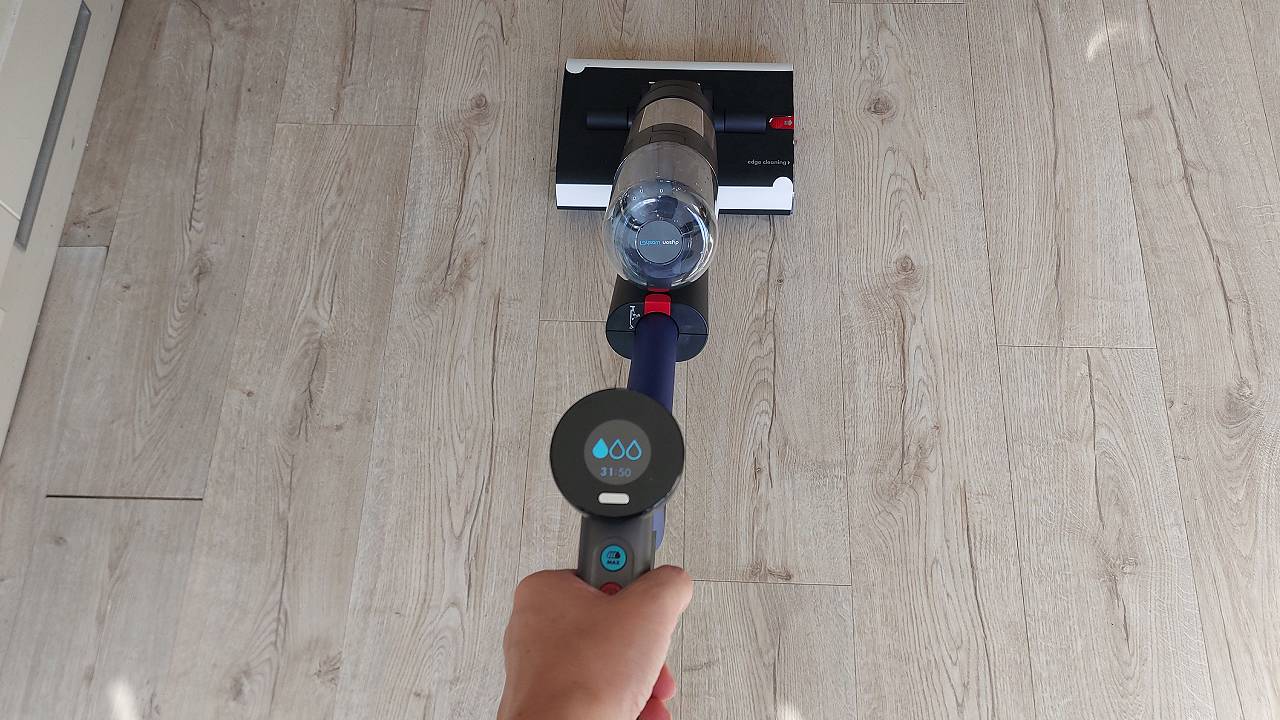 Dyson WashG1 review: an ingenious wet cleaner that’s changed how I mop my floor
Dyson WashG1 review: an ingenious wet cleaner that’s changed how I mop my floorDyson’s WashG1 is my favourite floorcare launch of 2024
By Bethan Girdler-Maslen

